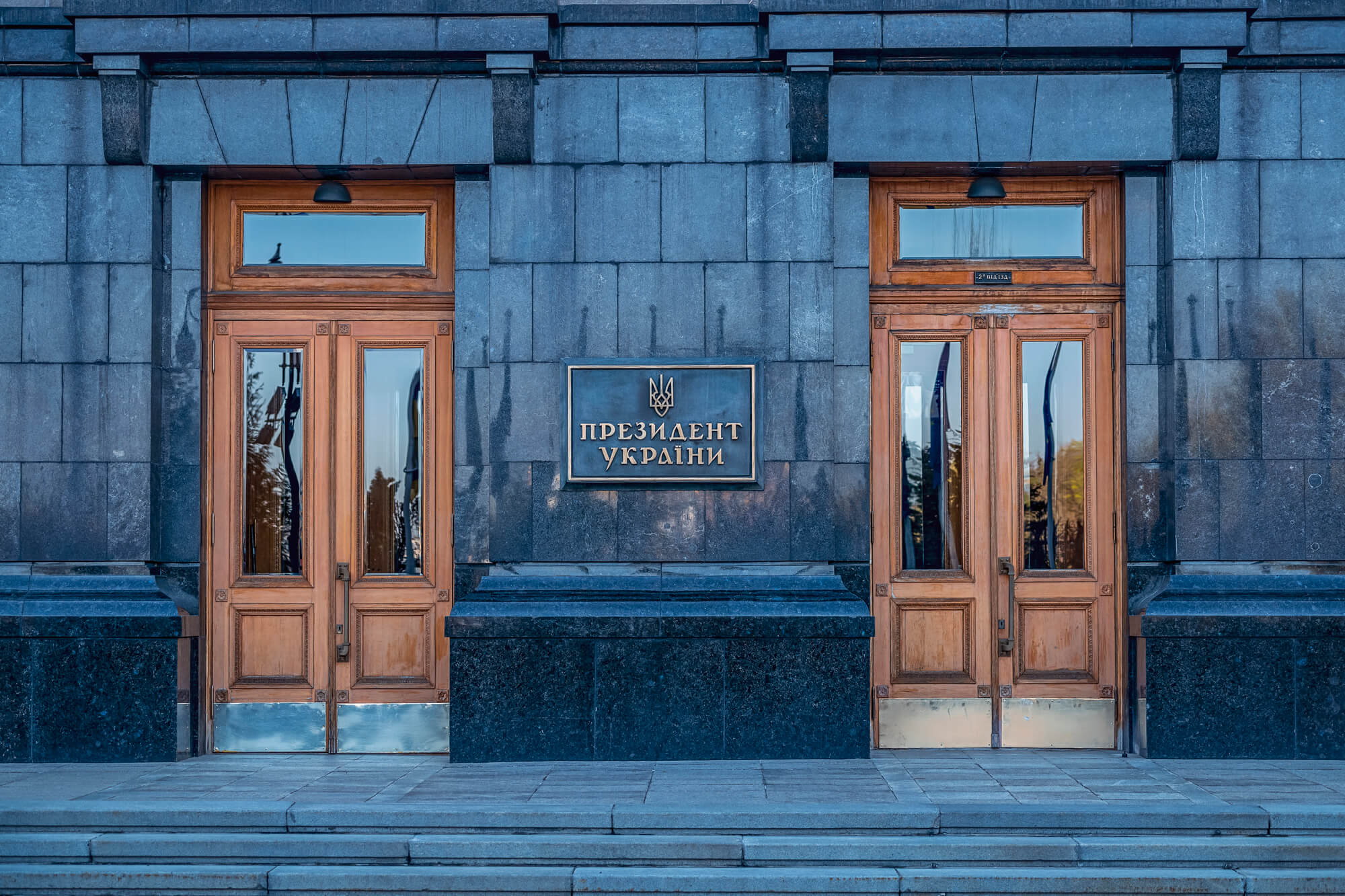This summer marks the 100th anniversary of the Irish Civil War, and the 75th anniversary of the partition of India. Both of these horrible events started with attempts to calm tumult by drawing new lines on a map, and both of them continue to cause tumult today.
Peace treaties don’t always bring peace. Sometimes they only change the form of war. As the world anticipates hopefully an end to the Russian invasion of Ukraine, and some observers suggest that peace may come at the cost of Ukrainian territory, it’s important to remember that the short-term joy that will almost certainly accompany peace could be merely a prelude to years or decades of carnage unless the peace is just and stable*.
Consider Ireland. The Irish war for independence (Cogadh na Saoirse) from 1919 to 1921 was supposed to be concluded with a negotiated treaty in 1922. But that treaty forced Ireland to accept a territorial concession, the loss of six northern counties to the United Kingdom. Instead of peace, the treaty provoked a bitter civil war in Ireland (Cogadh Cathartha na hÉireann), with soldiers who had fought together for independence killing each other because they did not agree on the treaty. About as many people died in the war over the treaty as in the war the treaty was supposed to end**.
The formal civil war ended in 1926 when some of the major anti-treaty forces agreed to enter regular politics. But that was not the end of the story, or of the bloodshed. For the next several decades, sporadic fighting continued on both sides of the border.
In the north, a half century of Unionist (mainly Protestant groups who wanted to be part of the United Kingdom) hegemony led Nationalists (mainly Catholic groups more closely aligned with Ireland) to take to the streets in non-violent civil rights marches in the late 1960s, but British and Unionist response to these appeals caused several more decades of violence until the Good Friday agreement of 1998 brought a tenuous truce. Roughly as many people died in Northern Ireland’s Troubles (Na Trioblóidí) as died in the war of independence and the civil war combined.
The truce is now in danger of coming apart, as Brexit appears to make it impossible for the two parts of Ireland to maintain an open border—one of the conditions of the 1998 truce—while one part is a member of the European Union (EU) and the other is not. This conundrum now threatens cooperation between Britain and the EU on many other important issues, including defense of Ukraine.
Thus a century after what many thought was a wise compromise, the territorial concessions that were the heart of that compromise are still causing trouble that could become violent at any time.
The case of Indian partition is not all that different (and involves a few of the same players). India managed to bring itself to the brink of independence without any war whatsoever, but Britain tried to resolve the differences between Hindus and Muslims by quickly splitting the new nation in two along lines it imposed, rather than allowing a home-grown process to take place. Their hope was to achieve peace through separation. When asked about the possibility of rioting during partition, Lord Mountbatten, the last British viceroy, replied:
“At least on this question I shall give you complete assurance. I shall see to it that there is no bloodshed and riot. I am a soldier and not a civilian. Once the partition is accepted in principle, I shall issue orders to see that there are no communal disturbances anywhere in the country. If there should be the slightest agitation, I shall adopt the sternest measures to nip the trouble in the bud.”***
Mountbatten was wrong. Partition was one of the great tragedies of the 20th century. The new lines sparked mass migration and widespread sectarian violence. The process created around 15 million refugees, and around 2 million people died.
Three quarters of a century and a war or two later, two nuclear-armed powers face each other nervously, with little prospect for de-escalation.
Would the world really have been a better place if India and Ireland had not been partitioned? No one can say for certain because we can’t rerun history to find out. Nor can I say that Ukraine and its allies must fight endlessly and never compromise.
But compromises, to work, must be more than drawing lines on a map that look good from a distance. Ignoring the claims of Nationalists in Northern Ireland or of the Hindus, Sikhs, and Muslims who lived on the “wrong side” of the new borders did not produce peace in the long run. “No justice, no peace,” is more than a nice slogan for demonstrators to chant. It is also a warning that history gives to negotiators.
* This is the phrase that President Woodrow Wilson used a few months before he participated in the Versailles peace negotiations, which resulted in a peace that was neither just nor stable.
** Around 2000 were killed in each conflict. For the War of Independence, see Euanan O’Halpin and Daithi Ó Curráin, The Dead of the Irish Revolution, Yale University Press, 1920, p. 544. For the Civil War, see Gemma Clark, Everyday Violence in the Irish Civil War, Cambridge University Press, 2014, p. 3.
*** Jagmohan, Soul and Structure of Governance in India, 2005, p. 49.
Attention
The author doesn`t work for, consult to, own shares in or receive funding from any company or organization that would benefit from this article, and have no relevant affiliations


